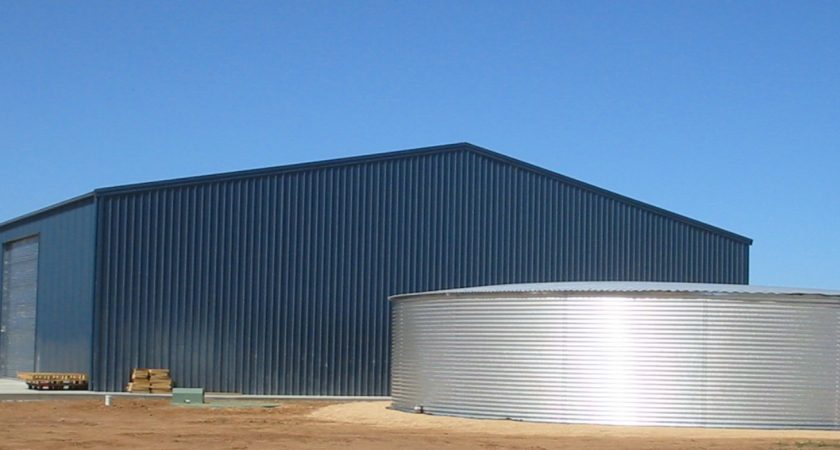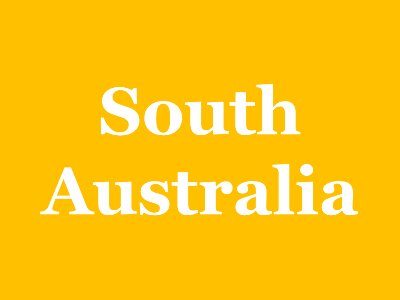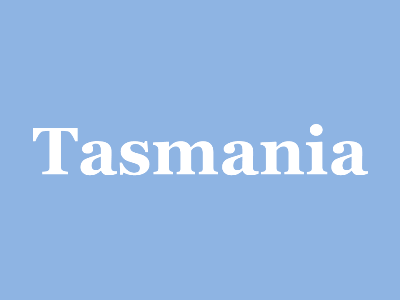A Guide to State-Based Water Storage Requirements for Bushfire Prone Areas
Dedicated water storage tanks for firefighting on your rural property can be a sensible decision, especially if you live in a bushfire prone area.
In some regions, your state authority may mandate static water storage tanks as part of the construction of a new dwelling or shed. Even if there’s no mandated requirement, you may choose to upgrade to on-site water storage to improve your ability to protect your property in the event of a bushfire.
It can be difficult to know what’s required in each region; provisions for storage, access, signage and water tank configuration, among other things can vary between states, your location, the size of your property and the type of dwelling.
Aquamate have summarised a number of state-based resources for water storage requirements below. We’ve also included additional resources that you might find useful in understanding other steps that can be taken to mitigate your bushfire risk.
As always, Aquamate recommend that you contact your local regulatory authority, building approval authority and/or state’s rural fire brigade to confirm your property-specific requirements prior to undertaking any work.
More information about Aquamate water storage tanks can be found on the Water Tanks for Bushfire Protection page of our website. If you’d need any further details on water storage tanks for bushfire protection, or to request a quote for a water storage tank to suit your requirements, you can contact us using the link at the bottom of this page, or call Aquamate on 1800 633 995.
To jump to the section relevant to your state, click one of the links below.
New South Wales
The Rural Fire Service in New South Wales offer direction on the size of water storage on your property in their “Building in Bushfire Prone Areas” guidelines.
The water storage requirements in New South Wales are outlined below:
| Development Type | Property Size | Water Storage Requirement |
|---|---|---|
| Residential Allotment | Less than 1,000m2 | 5,000 Litres per lot |
| Rural-residential Allotment | Less than 10,000m2 | 10,000 Litres per lot |
| Large Rural / Lifestyle lots | More than 10,000m2 | 20,000 Litres per lot |
| Dual Occupancy | Any size | 2,500 Litres per unit |
| Townhouse or Unit Style (e.g. Flats) | Any size | 5,000L per unit up to 20,000L Maximum |
You can find the complete Building in Bushfire Prone Areas (27 pages) document on the RFS website.
Another useful document published by the NSW RFS is the “Water Supply for Fire Fighting Purposes” Fact Sheet
You can contact the NSW Rural Fire Service via their website:
www.rfs.nsw.gov.au/about-us/contact-us
South Australia
Water storage requirements for properties in South Australia are set out in the Minister’s Specification SA78 – Additional requirements in designated bushfire prone areas.
Water storage tank requirements depends on the risk category of your property:
| Risk Category | Storage Volume If connected to mains water |
Storage Capacity Not connected to mains water |
|---|---|---|
| Excluded | 2,000L | 5,000L |
| General | 2,000L | 5,000L |
| Medium | 2,000L | 5,000L |
| High | 22,000L* | 22,000L* |
*In High Risk areas, all tanks must be fitted with connection type that can be accessed by the local fire authority.
The South Australian government also provide an Advisory Notice on the use of tanks as they relate to Minister’s Specification SA78.
Details of the requirements for the water tank configuration are outlined in the CFS document Above ground Water Storage Tanks for Fire Fighting Purposes (17 pages). Requirements include outlet sizes and types; depending on whether your property is located in a CFS-, MFS- or Dual-response area, appliance access and clearance, among other requirements.
You can also contact the South Australian CFS via their website:
Victoria
The Country Fire Authority in Victoria offer direction on the size of water storage on your property in their “Planning for Bushfires” document. Planning for Bushfire is an extensive document, developed after the devastating Black Saturday fires, that provides guidance on most aspect of bushfire planning for your property.
Water storage tank requirements are outlined below:
Water storage volumes between 2,500 litres and 10,000 litres are required, depending on the size of size of your property and access to mains water supply. You can find the complete Planning for Bushfires document (50 pages) on the CFA website. The CFA also recommend other upgrades to your water storage, including all-metallic components, signage and clear access requirements.
You can contact the Victorian CFA via their website:
Tasmania
In Tasmania, static water storage requirements vary depending on property size and access to reticulated (mains) water supply. The requirement for static water storage is outlined in the the Tasmanian Fire Service document “Guidelines for Development in Bushfire Prone Areas of Tasmania (24 pages)”
| Reticulated Water Supply | Property Size | Water Storage Requirement |
|---|---|---|
| Mains water supply in excess of 600L/min | Any size | No storage required |
| Mains water supply between 0 – 600L/min | Less than 2,500m2 | 10,000 Litres per allotment |
| Mains water supply between 0 – 600L/min | More than 2,500m2 | 20,000 Litres per allotment |
| Dual Occupancy | Any size | 2,500 Litres per unit |
Additional details of building location, layout and access can be found in the Tasmanian Fire Services Building For Bushfire document (16 pages).
You can contact the Tasmanian Fire Service via their website:
www.fire.tas.gov.au/Show?pageId=colContactUs







